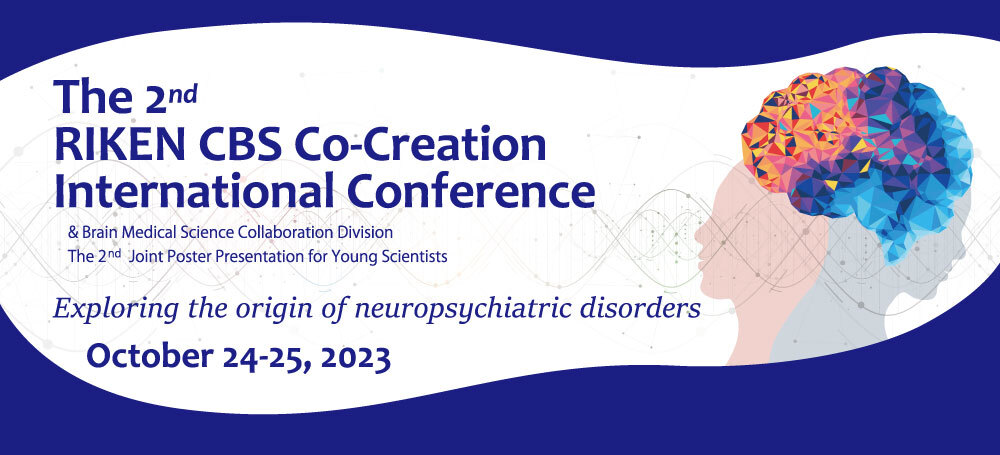

“Cell type-specific and spatially-resolved multiomic approaches for understanding human brain disorders”
Dr. Keri Martinowich CV
Lieber Institute/Johns Hopkins University
Abstract
This talk will focus on ongoing projects, which aim to generate data and develop methods for integrating single-nucleus and spatial transcriptomics data in the context of complex brain disorders. While single cell sequencing approaches have rapidly advanced generation of molecular profiles for various cell types in the brain, a disadvantage of these techniques is the lack of spatial context. Here, I will first describe how we used a combination of data-driven approaches to identify spatial domains within the dorsolateral prefrontal cortex of the human brain and map cell-cell interactions across these domains, and map enrichment of cell types and disease-associated profiles to discrete spatial domains. I will follow with a description of how we have extended these studies to other areas of the brain that are implicated in disease, including the locus coeruleus, where the cell types and patterns of spatial gene expression are less well-understood than the cortex. Finally, I will discuss data incorporating protein detection with spatial transcriptomics in the human brain of donors with neurodegenerative disorders to assess how tau and amyloid-beta affects gene expression local to neuropathological inclusions.
References
- https://www.biorxiv.org/content/10.1101/2023.04.20.537710v1
- https://elifesciences.org/reviewed-preprints/84628
- https://www.nature.com/articles/s41593-020-00787-0
Biographical Sketch
Dr. Martinowich received a B.A. in International Relations from the George Washington University and a Ph.D. in Neuroscience from the University of California, Los Angeles. Following graduate work, she conducted translational research in neuropsychiatry as a postdoctoral fellow at the National Institute of Mental Health. She joined the faculty at Johns Hopkins and Lieber Institute for Brain Development where she oversees a research group that takes a cross-species approach to study how programs of gene expression in defined populations of cells contribute to circuit function that is relevant for neuropsychiatric disorders. The lab uses genetic manipulation in combination with molecular, cellular and systems-level techniques in animal models, and integrate these data with cell- and circuit-specific transcriptomic studies in the postmortem human brain.



